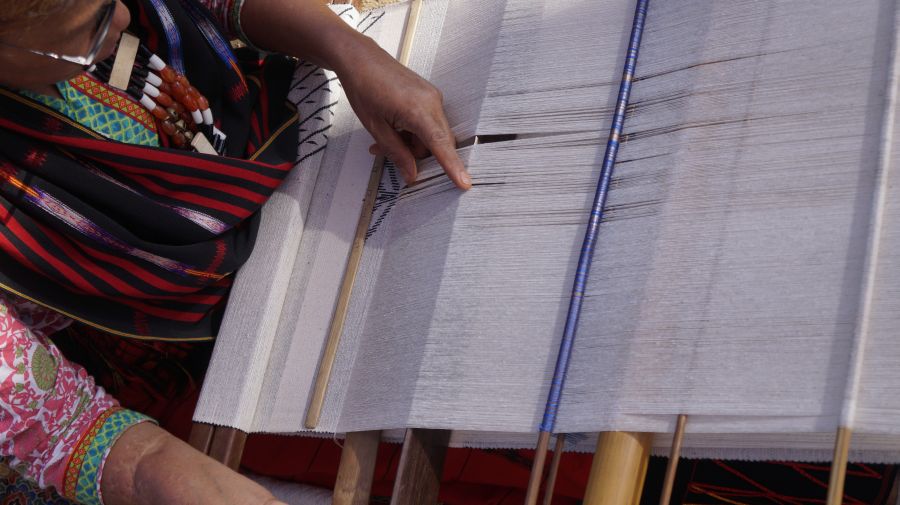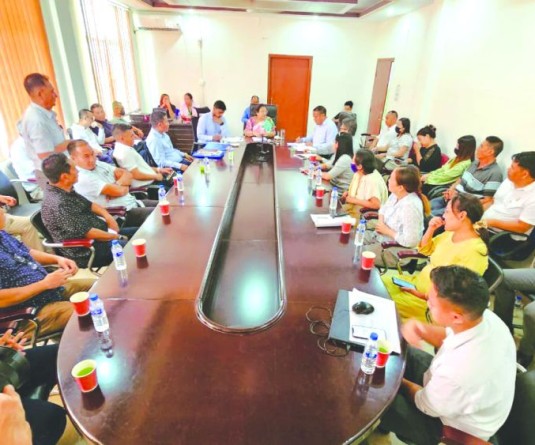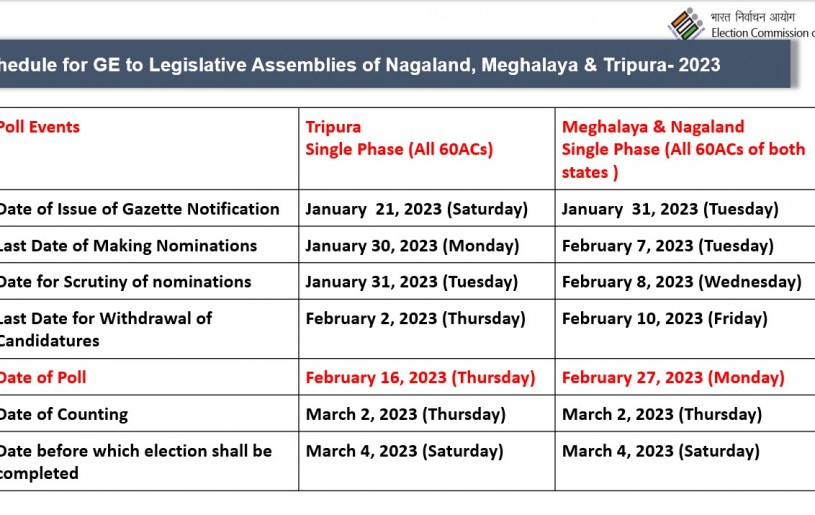For the love of weaving: Loin loom still finds place among Naga women

Weaving with the use of traditional loin loom still remains an integral part of women of Nagaland. (Morung Photo)
Morung Express News
Dimapur | December 28
Weaving with the use of traditional loin loom still remains an integral part of women of Nagaland as it is in other part of the North-East region.
Traditionally, the art of loin loom is closely associated with women in almost all Naga community. The general practice of weaving which involves the use of the traditional loin loom is mostly passed down to generations among women or girls through experiences and training which they acquire while assisting their mothers or other family members.
Despite the apprehension that traditional loin loom and weaving skill is slowly disappearing, there are weavers in Nagaland who take pleasure in not only creating beautiful intricate designs but also benefit economically from the products they create and are determined to pass on this art to the next generation.
38 years old Nuzotalu, on the loom with a back strap supporting the yarns stretched between two parallel bamboos, displays great craftsmanship as she weaves a narrow piece of cloth for bag making.
Nuzotalu was only 10 years when she took interest in weaving and learned the art from her aunt. At present, she can weave three strips of cloth per week. Like many weavers in Nagaland, Nuzotalu is into commercial weaving. She takes order mostly for shops.
“I am contended with this profession. And I will definitely teach this art to my children; if not for employment, they can at least earn their pocket money,” she shares to The Morung Express.
Lhusalu Nienu (20 years) and her friend Vesunulu (23 years), hails from Phek district and have been on the loin loom for the last five and six years respectively.
Nienu learned the art from her grandmother. Recognizing the value of the art that loin loom holds, she is determined to pass on the skills to her children. Both Nienu and Vesunulu confess they feel more empowered after attaining progressive training under TATA Trust Antaran programme.
Antaran is a key intervention of the Tata Trusts’ craft-based livelihood programme, initiated to bring seminal changes in the development of the crafts sector. Antaran works towards gradually building the core strength of handloom textiles such as natural fibres, hand-spun yarn, and natural dyes and in weaving different designs in these selected clusters.
With assistance from Antaran, Nienu have been able to travel to places showcasing the rich art and culture of Naga shawls, wraps and other loin loon products.
Another young weaver, Venutalu shares that she learned weaving from her mother since the age of eight. “For me it was never an option. I had to learn the skills and I will pass it on to my children,” she says with a look of determination.
Sharing about her occupation as a weaver, Venutalu says, “Weaving is quite backbreaking. I love the beginning but since you keep doing the same thing for three-four days, it gets a little testing when you are about to finish.” According to her, the most difficulty product she ever had to produce was a Chakhesang men’s shawl which was of course a proud moment.
On the decline of indigenous weavers in Nagaland, Venutalu is of the opinion that these days there are different job opportunities, and with education and training, one can do so many other things for livelihood. “I will let my children do whatever they love to do. It will depend on their choice,” she says.
However, Venutalu, who is only 21, regret that she cannot do complicated patterns anymore due to eye fatigue. “But I will continue on for the love of weaving,” she adds.





